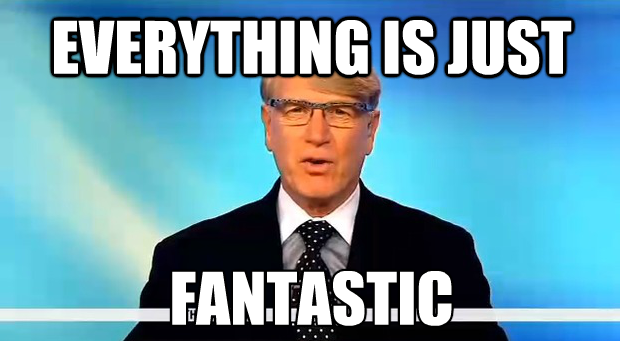North Dakota University System Starts Blog To Respond To Blogger

Apparently the North Dakota University System has started a blog, and their first post is a not-so-thinly-veiled jab at me.
“Information comes at us from all directions and in ever-changing formats in today’s world,” the post reads. “It’s often difficult to tell the difference between fact and fiction, myth and reality, responsible journalism and tongue-in-cheek entertainment.”
Of course, it can also be hard to tell the difference between facts and self-serving propaganda, and it’s pretty cowardly to make this sort of vague statement without referencing your critics directly, but I digress. The NDUS is in full-on spin mode with voters set to consider a measure to remove the existing State Board of Higher Education in November, and this is part of the effort.
To the point of the post.
I am fond of putting up this graphic which contrasts growth in employment among instructional employees in the NDUS with growth in non-instructional employees:
The NDUS says this chart is bunk, because it’s a headcount number as opposed to a FTE number. The NDUS likes it better when we add up fractional employees (half time or 3/4’s time employees) to be FTE employees, and so they’ve created their own graph which shows the growth that way.
And, frankly, I’m not seeing much of a difference. In fact, I think this chart illustrates a distinction without a difference.
Also, note that they only go back to the 2005-07 biennium, avoiding the biggest increase in non-instructional employees in the last decade which happened in 2003-05.
The NDUS doesn’t provide the specific numbers they used to make the graph, but just looking at it we can see that non-instructional staff has grown a lot faster than instructional staff.
However we parse the numbers, that this is happening in an environment where the burden of higher eduction on taxpayers and students is exploding, they owe us an explanation that’s better than re-arranging some figures on a spreadsheet.
But I suspect the NDUS isn’t so much after the truth here as they’re looking for ways to give their apologists in politics and the media some plausible deniability when it comes to these glaring problems.






